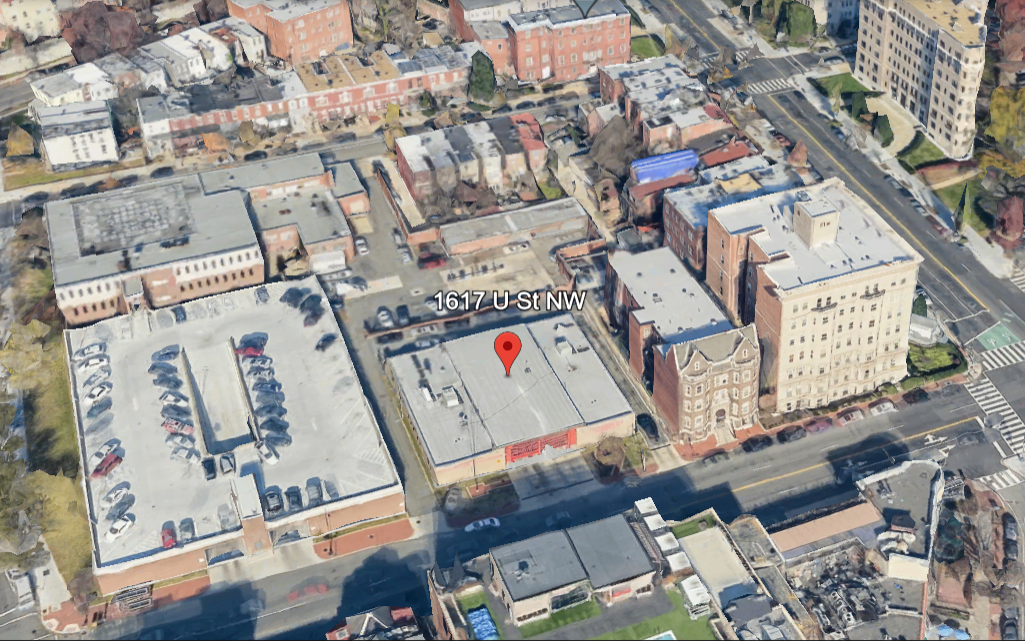FOR IMMEDIATE RELEASE
WASHINGTON, DC — Councilmember Brianne K. Nadeau, Ward 1, issued the following statement following the Zoning Commission’s approval of the Office of Planning’s proposed upzoning of District-owned property at 1617 U Street and 1620 V Street (MPD 3rd District headquarters and FEMS Engine 9).
This decision creates the opportunity for hundreds of new units of housing and affordable housing in an area that desperately needs both, as well as new open space (the new zone, MU-10, has a requirement for 8% of any future development to be an open public plaza).
I look forward to collaborating with the Office of Planning, neighbors, and local institutions to create a new community landmark we can all be proud of, one that will add density to the site, contribute to the shortage of affordable housing in this part of Ward 1 and provide new public amenities to help restore the vibrancy of this end of the U Street Corridor.
Unfortunately, the Office of Planning retreated from its original proposal, one that was aligned with the 2021 Comprehensive Plan, and now a site that had the potential to add over 500 units will now result in about 175 fewer units overall, and at least 52 fewer affordable units. This is disappointing and runs counter to the Mayor and Council’s shared goal of addressing the District’s housing shortage.
Despite significant resident support in favor of that proposal and resolutions in support from all three nearby ANCs, the executive decided to scale back the proposal, keeping the existing low-density zoning on the north part of the site.
I am profoundly disappointed that the ZC’s decision to support the Office of Planning’s reduced MU-10 proposal effectively reduces the potential for new housing by about 175 units, at least 30% of which would have been affordable as required by law. Because MU-10 is the only zone that includes a mandatory open space provision, this also means that the required open public space will be about 1/3 less than what was originally proposed.
It is concerning that the Office of Planning would double-back on their original proposal, contradicting their own emphasis on the importance of affordable housing and the consistency of MU-10 with a high-density site. I’ve continually heard from residents who are supportive of housing production and preservation, and resident protections; OP effectively cut off the potential for more of all of the above with its half-measure to appease specious opposition arguments.
That opposition, which primarily argued that there would not be enough affordable housing, succeeded only in eliminating the potential for at least 50 new affordable units, and in reducing the size of a future public plaza.
With few exceptions, the case against up-zoning ended up being about everything but zoning. The future of this site – including heights and overall design, the inclusion of public facilities, affordable housing above the 30% requirement, and yes, the public input – are within the domain of District government, and any final project will need to be approved by Council (after more hearings).
The Zoning Commission is tasked with interpreting the Comprehensive Plan, and I continue to respect the boundary between our branches of government. Unfortunately, opting for OP’s scaled-back proposal has effectively limited the District Government’s own ability to implement the Comprehensive Plan.
Looking beyond this specific decision, and considering Council’s oversight responsibilities, this process has me concerned for the Mayor and Zoning Commission’s ability to address the true scale of the District’s affordable housing crisis. It has been reported that the District will meet Mayor Bowser’s goal of 36,000 units by 2025 (a few months early in fact). However, the District remains 2,000 units short of the Mayor’s goal to have 12,000 of those units be affordable. It took 30-plus hours of hearings to decide that a property designated as high-density should only be partially zoned as medium-density. This highlights a serious need for a mandate to address the housing crisis as we develop our new comprehensive plan.
When I ran for Council, one of my top priorities was addressing the District’s housing crisis and its impact on all D.C. residents. While Council’s role in zoning decisions is limited by the Home Rule Act, I was proud to be able to act on that commitment in the Comprehensive Plan by increasing the potential density of public land in Ward 1, including 1617 U. I am hearted by today’s decision, which validates the voices of so many residents who have reached out to me in support of more housing opportunities. Though the Zoning Commission’s decision tonight does not allow as much housing as it could, it will nonetheless enable hundreds of residents of all incomes to one day call U Street their home.
Read the answers to Frequently Asked Questions about 1617 U Street.
###
